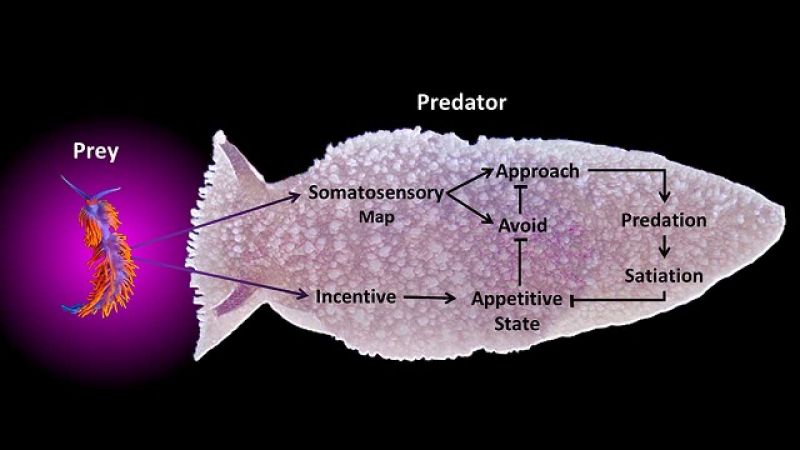Washington: Scientists have built a self-aware, artificially intelligent (AI) Cyberslug – a virtual ocean predator that behaves a lot like the original flesh-and-blood organism which it mimics.
The virtual creature reacts to food and responds to members of its own kind much like the actual animal, the sea slug Pleurobranchaea californica, does.
Unlike most other AI entities, Cyberslug has a simple self-awareness, said Rhanor Gillette, professor at University of Illinois in the US.
“That is, it relates its motivation and memories to its perception of the external world, and it reacts to information on the basis of how that information makes it feel,” Gillette said.
Cyberslug knows when it is hungry, for example. It also has learned which other kinds of virtual sea slugs are yummy to eat and which are less desirable.
Sea slugs typically choose one of three responses when encountering another creature in the wild – to eat it, mate with it, or flee from it, Gillette said.
To make the right choice, they must be able sense their own internal state, get cues from their environment and remember past encounters.
“Their default response is avoidance, but hunger, sensation and learning together form their appetitive state, and if that is high enough the sea slug will attack,” Gillette said.
“When P californica is super hungry, it will even attack a painful stimulus,” he said.
“When the animal is not hungry, it usually will avoid even an appetitive stimulus. This is a cost-benefit decision. Cyberslug behaves the same way,” he added.
The researchers had previoulsy worked out the brain circuitry that allows sea slugs to operate in the wild, “down to individual neurons,” he said.
They had experimented with simple computer simulations. One of the first circuitry boards built to represent the sea slug brain was housed in a plastic foam food takeout container.
The model, described in the journal eNeuro, uses more sophisticated algorithms to simulate Cyberslugs competing goals and decision-making, Gillette said. Over time it learns what is good and not so good to bite.
Just like P californica, the more it eats, the more satiated it becomes and the more likely it is to avoid other creatures. However, as hunger returns, Cyberslug becomes a less picky eater.
“I think the sea slug is a good model of the core ancient circuitry that is still there in our brains that is supporting all the higher cognitive qualities,” Gillette said.
“Now we have a model thats probably very much like the primitive ancestral brain. The next step is to add more circuitry to get enhanced sociality and cognition,” he said.
PTI

